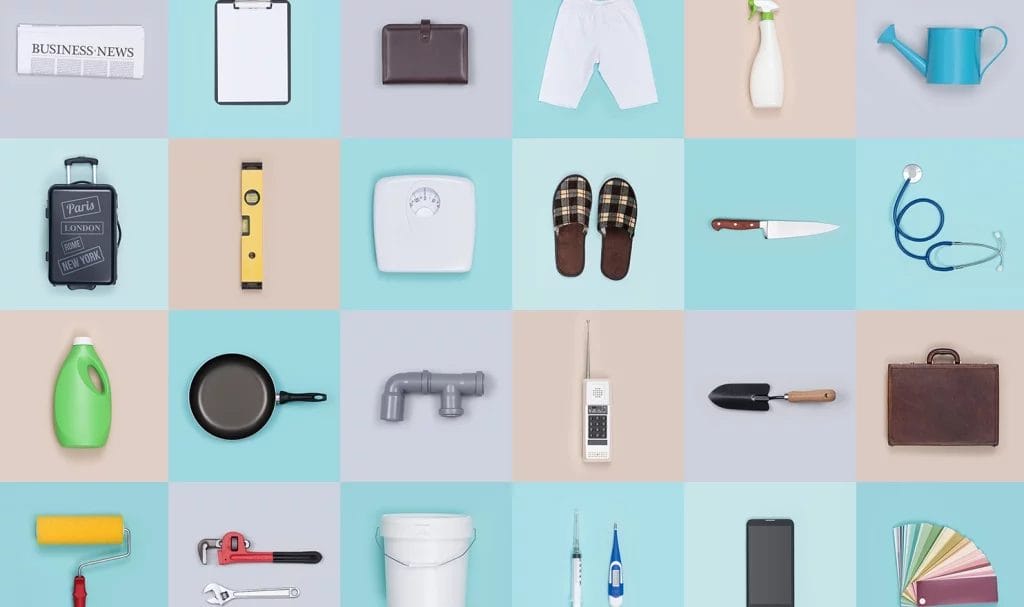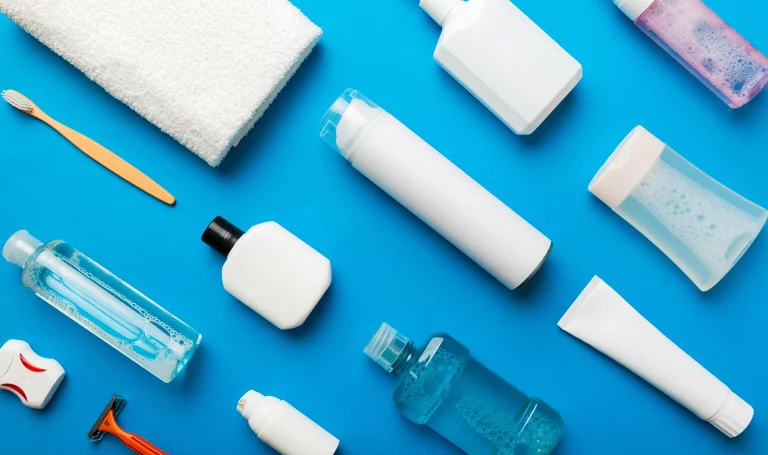Trying to navigate the roads of product liability insurance can feel like navigating through a new town without a roadmap (a bit confusing!).
As someone who personally likes to do all the planning and research ahead of time, I know it’s frustrating not seeing a standard price for all product insurance. But that’s because the price has to be personalized to you and your business.
I got the inside scoop from certified insurance pro, Chris Van Lewuen, to help clear the road ahead and make calculating your custom product liability cost a breeze!
What Impacts Your Product Liability Insurance Cost?
Several key factors play a role in determining your insurance premium, and knowing these can help you better understand your coverage. The main elements that impact your costs include:
- Type of products: The risk level of the type of products you produce or sell
- Amount of coverage needed: How much protection your business requires, including both types of coverage and coverage limits
- Claims history: Your track record with previous claims
- Business activities: The specifics of what your business does day-to-day
- Risks in your industry: The inherent risks associated with your particular industry

Type of Products
Some products carry more risks than others, making them more likely to lead to injuries, damages, or a costly lawsuit. Riskier products will require more coverage, which may raise your premiums.
Chris says: Riskier products to insure would be safety gear, medical or sporting equipment, and industrial products. The claims we see with these products tend to be more expensive since you’re often dealing with significant bodily injury and lawsuits, which will warrant a need for higher coverage limits.
Amount of Coverage Needed
Because every policy is customized to your unique needs, you can choose your limits and the types of coverage included in your plan.
A home-based business selling handmade soaps would need less coverage than a large-scale dishwasher manufacturer for example. In other words, you only pay for the amount of coverage your business needs!
Chris says: It’s standard to see $1 million per occurrence with $2 million in aggregate limits on a product liability policy, but contractual obligations like a rental agreement or manufacturing deal may require you to carry higher limits. In that case, you will need excess liability coverage. You also may need to add endorsements to your plan to better cover your products and operations.
Claims History
Your past claims can increase the cost of your coverage. Businesses that have never filed a claim will likely pay less than businesses with a history of liability claims.
It’s important to test your products, work with trusted suppliers, and listen to negative feedback on your products. These will help you improve the quality and safety of your products, lowering your risks and the need to file a claim.
Chris says: Most insurance carriers are going to look at your claims history from the past 5 to 10 years. If a business is repeatedly negligent and continually files claims then it’s risky for the insurance carrier to provide them with coverage, so the policyholder will likely pay higher premiums.

Business Activities
Your business activities that directly impact your insurance costs include your location, the number of employees you have, your daily operations, and your yearly sales.
Where you work can impact costs. For instance, working from your home versus working in a warehouse poses less risk. It can also show how many employees you have and the type of operation you run.
Your annual sales can be measured both financially and per unit sold. Businesses that require more coverage include those that sell a high volume of products or high-priced products.
Chris says: Most insurance carriers are going to look at your claims history from the past 5 to 10 years. If a business is repeatedly negligent and continually files claims then it’s risky for the insurance carrier to provide them with coverage, so the policyholder will likely pay higher premiums.
Risks in Your Industry
Similar to product type, the industry you work in may be a bit riskier. For example, working in the office supplies industry is less risky than the auto parts industry.
The specific part of the supply chain your business operates in can carry additional risks. Manufacturers and distributors are usually going to carry higher product liability risks than wholesalers and retailers, for example.
Chris says: Someone like an online boutique seller is going to have far fewer risks than an industrial manufacturer. Manufacturing is seen as a riskier industry because manufacturing defects lead to most of the claims we see. A single flaw in a product could lead to a lawsuit that involves the manufacturer, the distributor, and the seller.
These businesses are also more likely to work with heavy machinery and have multiple employees, leading to the additional exposure of workers’ compensation claims. While workers’ comp is not a direct reflection of your product liability premiums, it is an additional expense you may have to pay for alongside your liability insurance.

How to Get a Quote for Product Liability Insurance
Getting a product liability insurance quote with Insurance Canopy is fast, online, and FREE!
- Start an online product liability application
- Provide as much information about your business and products as possible (this will help us provide an accurate quote)
- A certified insurance agent will be in touch within 24–48 hours with your quote
You can then work one-on-one with your agent to further customize your quote, choose additional coverages, and feel confident your plan meets your needs.
Insurance Canopy eliminates the need to fill out lengthy paperwork, visit a physical insurance office, or wait days to receive a quote by mail. We bring quick, customizable coverage to your fingertips while providing personalized service you can rely on.

FAQs About the Cost of Product Liability Insurance
How Much Is Product Liability Insurance?
Product liability insurance can cost from $500 to over $10,000 a year, but over 50% of our customer base pays under $1,400 per year. That’s less than $120 per month for product insurance.
Smaller businesses and entrepreneurs can expect to pay between $500 to $1,500 annually, while larger businesses or those with higher risks can be in the ballpark of paying $10,000 annually.
How Can I Keep My Insurance Costs Low?
How to keep your insurance costs low in three steps:
- Bundle your product liability insurance with other types of coverage
- Lower your risks by regularly testing products, vetting suppliers, and listening to customer feedback
- Get quotes, compare prices, talk to agents, and find the best deal
What Claims Does Product Liability Insurance Cover?
Product liability insurance can cover claims of bodily injury and property damage caused by your products. Claims can be caused by:
- Manufacturing defects
- Negligence
- Strict liability
- Design defects
- Mislabeling
- Breach of warranty
- Marketing defects
What’s the Difference Between Product and General Liability Coverage?
Product liability covers accidents related to your products while general liability covers accidents related to your business operations.
Product liability is more specific in its coverage, as it only relates to the products you sell, manufacture, or distribute. General liability is broader and can cover a wide range of third-party accidents that occur on your premises, in a space you occupy, or from your day-to-day operations.

Chris Van Leeuwen | VP of Agency Development
Chris Van Leeuwen is the VP of Agency Development for Insurance Canopy. He has held the prestigious Certified Insurance Counselor (CIC) designation since 1996.
Because he strongly believes in the importance of helping business owners understand their insurance coverage, Chris uses his wealth of experience to offer insights to small business owners across the country who are looking to navigate business liability insurance.
Chris Van Leeuwen is the VP of Agency Development for Insurance Canopy. He has held the prestigious Certified Insurance Counselor (CIC) designation since 1996.
Because he strongly believes in the importance of helping business owners understand their insurance coverage, Chris uses his wealth of experience to offer insights to small business owners across the country who are looking to navigate business liability insurance.





